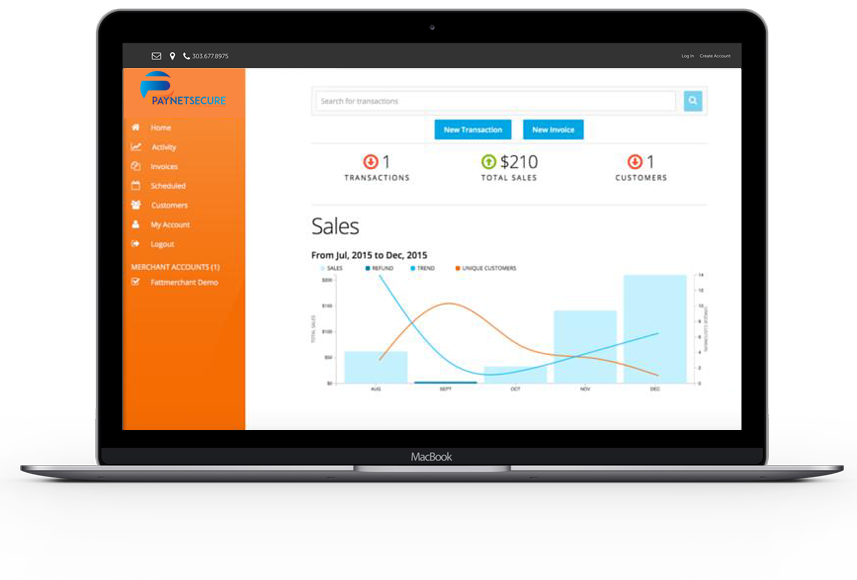According to Javelin Research, alternative payments for online shopping will double by 2015. Credit cards will continue to be the primary method of online payments for US customers for the next 5 years. However, credit cards will lose ground as alternative payment methods continue to make substantial inroads into ecommerce.
Ecommerce will increase to $443 billion in 2015 compared to $249 billion in 2010. This is a compounded annual growth rate of 12.2%. Ecommerce share of total retail sales will increase to 9.2% in 2015 compared to 6.4% in 2010
Credit cards will still comprise a large part of online sales, growing from $99.9 billion in 20105 to $163.6 billion in 2015. This is a compounded annual growth rate of 10.4%. However, by 2015, credit card sales will account for 37% of sales, compared to 40% in 2010.
Debit cards are being used more online with volume to growth to $124.4 billion in 2015, compared to $71.8% in 2010. The compounded annual growth rate is 11.8%. Younger buyers particularly like debit cards because they have grown up using the cards.
For more information, contact info@paynetsecure.net
